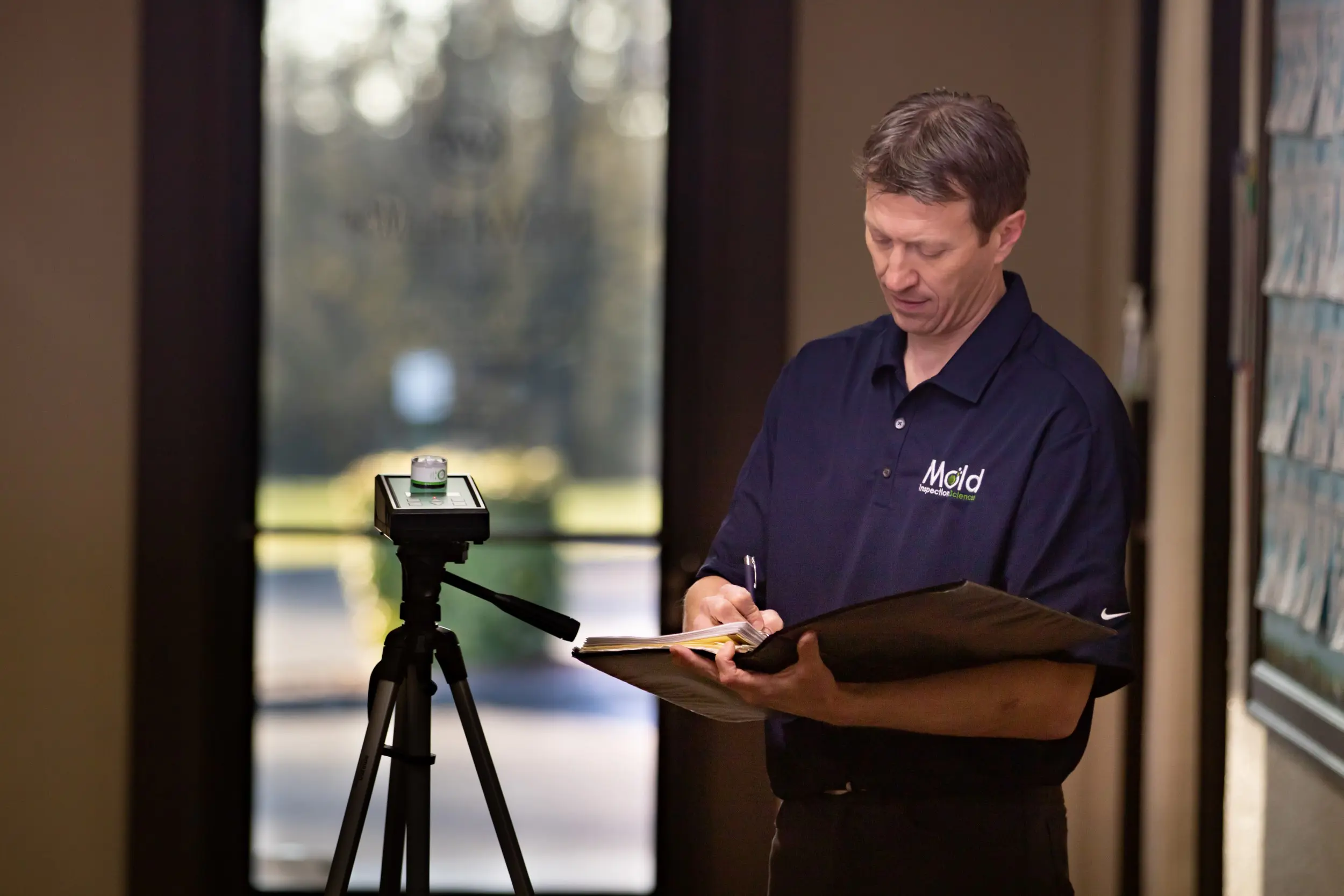Professional Tips for Post Mold Remediation Success
In the world of mold and mildew removal, successfully removing mold is just half the fight; the real challenge lies in stopping its reappearance. By sticking to professional suggestions and best techniques, individuals can guard their areas versus mold and mildew resurgence and preserve a healthy and balanced indoor atmosphere.
Screen Humidity Levels Routinely
After finishing mold and mildew removal procedures, maintaining optimum humidity degrees is critical to stop mold re-growth and guarantee a healthy indoor environment. High humidity degrees over 60% create a helpful atmosphere for mold and mildew to grow, making routine keeping track of a proactive procedure to prevent any future mold and mildew concerns.
In addition, establishing a regular schedule for moisture checks, specifically in risky locations such as basements, restrooms, and kitchen areas, is a positive strategy to mold prevention. By constantly monitoring humidity degrees, home proprietors can successfully mitigate the danger of mold and mildew reoccurrence and preserve a healthy interior atmosphere post-remediation.
Conduct Thorough Inspections Post-Remediation
Complying with the completion of mold and mildew remediation treatments, it is crucial to carry out detailed inspections to confirm the efficiency of the removal procedure. These post-remediation examinations are crucial in guaranteeing that the mold issue has been effectively attended to and that there is no recurrence or staying mold and mildew growth. Examinations need to be performed by qualified specialists that have knowledge in identifying mold and assessing interior air top quality.
During these assessments, different techniques such as aesthetic analyses, air tasting, and surface sampling might be employed to extensively evaluate the remediated locations. Visual analyses entail a comprehensive inspection of the properties to check for any type of visible signs of mold and mildew growth or water damage. Air tasting aids in determining the airborne mold and mildew spore degrees, while surface tasting can discover mold and mildew particles on surfaces.
Implement Appropriate Air Flow Approaches
After making sure the effectiveness of the mold and mildew remediation process with complete inspections, the following vital action is to focus on executing appropriate ventilation methods. Appropriate air flow is vital in protecting against mold reoccurrence by managing moisture degrees and advertising air flow.
Correct air flow not only aids in avoiding mold and mildew growth yet likewise adds to the general wellness and convenience of occupants. By making sure adequate ventilation throughout the residential or commercial property, you can decrease the danger of mold and mildew regrowth and produce a much healthier living environment.

Usage Mold-Resistant Materials for Services
To improve the long-lasting effectiveness of mold removal efforts, integrating mold-resistant materials for fixings is important site critical in alleviating the threat of future mold growth. Mold-resistant materials are made to stand up to moisture and hinder mold and mildew development, making them a necessary option for locations vulnerable to wetness and moisture. When fixing locations impacted by mold and mildew, utilizing products such as mold-resistant drywall, mold-resistant paints, and mold-resistant caulking can help stop mold and mildew reoccurrence.
Mold-resistant drywall is an exceptional alternative to typical drywall in areas like cellars and washrooms where moisture degrees are higher. This type of drywall has an unique layer that withstands mold development also when subjected to damp problems. Furthermore, making use of mold-resistant paints including antimicrobial agents can additionally inhibit mold and mildew development on ceilings and walls.
In locations where moisture is typical, such as bathroom and kitchens, utilizing mold-resistant caulking around home windows, sinks, and tubs can assist secure out water and protect against mold from taking hold in fractures and crevices. By spending in these mold-resistant materials during fixings post-remediation, you can significantly reduce the probability of future mold and mildew problems and keep a healthier indoor atmosphere.
Maintain Tidiness and Address Water Issues
After mold and mildew remediation, it is essential to keep a tidy atmosphere to protect against the regrowth of mold and mildew. Leakages, water invasion, or high moisture degrees can produce the best reproduction ground for mold, so it is essential to deal with any type of water-related problems promptly.
To keep sanitation, take into consideration making use of HEPA filters blog here in vacuum cleaners and air purifiers to catch mold and mildew spores and prevent their circulation in the air. Guaranteeing correct air flow in locations vulnerable to moisture accumulation, such as cooking areas and restrooms, can help keep humidity degrees in check. By remaining vigilant about sanitation and resolving water concerns promptly, you can successfully protect against mold and mildew reinfestation and preserve a healthy and balanced indoor atmosphere.
Verdict

In the realm of mold remediation, efficiently removing mold and mildew is just half the battle; the true obstacle lies in preventing its reappearance. After finishing mold removal procedures, maintaining optimum moisture degrees is vital to stop mold and mildew re-growth and guarantee a healthy interior setting. High humidity levels above 60% create a favorable atmosphere for mold and mildew to grow, making routine keeping an eye on a proactive measure to prevent any kind of future mold issues.
To boost the long-lasting performance of mold and mildew removal initiatives, incorporating mold-resistant materials for repair services is essential in minimizing the threat of future mold and mildew development. After mold and mildew removal, it is essential to preserve a tidy environment to prevent the regrowth of mold.
Comments on “Testing Air Quality After Mold Remediation”